
Ian Begg Names J. Walter Graham Terrace in New Student Center
The American School of Classical Studies at Athens is pleased to announce a generous gift from Ian Begg to name the J. Walter Graham Terrace in honor of his college professor. The terrace is located above the West Colonnade of the renovated Student Center and overlooks the Courtyard Garden.
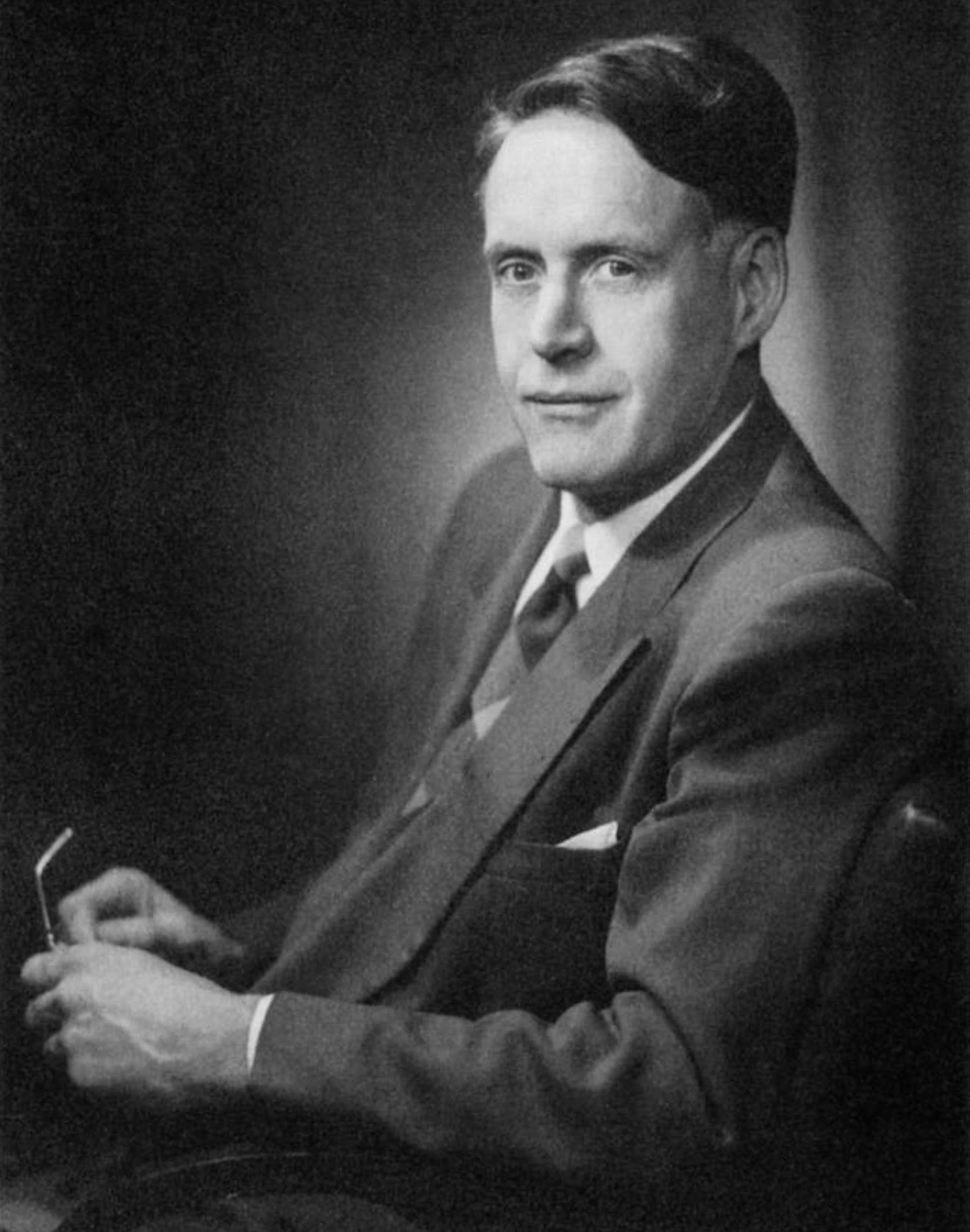
James Walter Graham (1906–1991) was a classical archaeologist and an authority in Minoan architecture. His book, The Palaces of Crete (Princeton University Press, 1962), remains a seminal text in the field. Graham taught ancient Aegean art and architecture at the University of Toronto’s Department of Art History from 1947 until he retired from teaching in 1972. He was a fellow at the American School in 1930–1931 and received his formal archaeological training while participating in the School’s Corinth excavation. Throughout his career, he would maintain a close connection to the School, including serving as a Managing Committee member for 22 years.
Dr. Ian Begg, a Research Fellow in the Trent University Archaeological Research Centre (TUARC), reflected on Graham’s role during the formative years of his academic career: “Professor Graham was an inspiration because he taught by example. My first year at the American School in 1970–1971 coincided with his sabbatical in Greece, where he lived and taught at the School and led a School trip to Crete. It was a memorable introduction to Minoan Crete for most of the students when there were relatively few of us studying the Bronze Age.”
Graham’s invaluable advice and direction made a deep impression on the young Begg: “As a thesis advisor, he was ideal, both allowing and encouraging me to devise my own analytical system for Minoan architecture. Even when disputing with colleagues, he was always the soft-spoken gentleman. His publications were seminal for the study of Greek domestic and Minoan palatial architecture: his monographs, Olynthus VIII: The Hellenic House (The Johns Hopkins University Press, 1940) and The Palaces of Crete, became the standard textbooks on their subjects for years, singlehandedly popularizing the field.”
“In his quiet and unassuming way, he made a difference in the world of Greek archaeology by inspiring students and studies of Aegean Bronze Age and Classical Greek architecture for years afterward.”
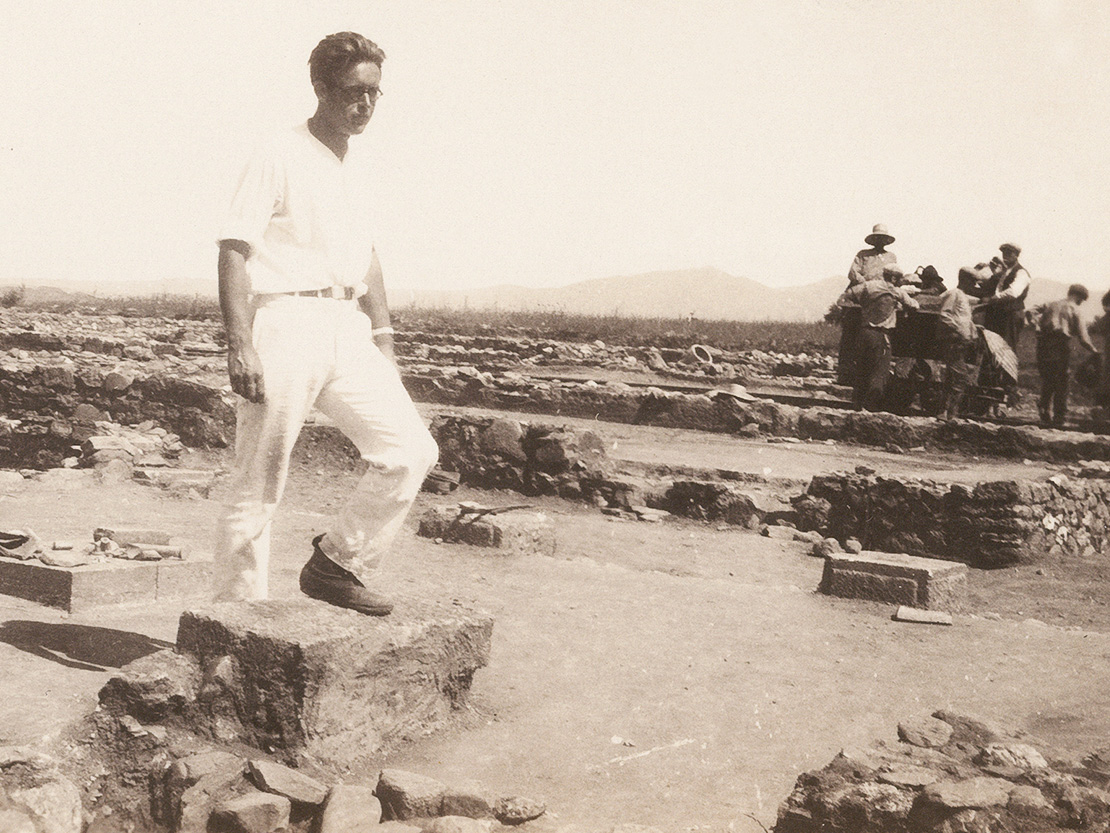
Begg further reminisced, “I lived in Loring Hall, managed by Mrs. Fidao, and excavated at Corinth, directed by Charles Williams. The Visiting Professors were James Oliver and Henry Immerwahr, but it was Sally Immerwahr who joined us on the School trips: at that time, she and I were the only two interested in Bronze Age remains. James McCredie was the Director of the School who, with good humor, helped us navigate life in Greece under the junta. It was a privilege to have known such remarkable people.”
George Orfanakos, Executive Director of the American School, offered his gratitude to Ian Begg, saying, “I am genuinely moved by this touching tribute to J. Walter Graham. Ian’s generosity speaks to the overwhelming appreciation he has for the person who helped shape his academic interests and career.”
About Ian Begg
Ian Begg was a Regular Member of the School in 1970–1971 and an Associate Member from 1972 to 1974. He participated in the School’s excavations at Kommos and in excavations at Morgantina, Khania, and Tebtunis in Egypt. Most recently, Begg co-directed a survey with Michael Nelson at Leukos on Karpathos.
As a TUARC Research Fellow, Begg has devoted many years to researching the papers of the late Professor Gilbert Bagnani, a prominent scholar who lived in Greece, Italy, and Egypt during the 1920s and 1930s before teaching at Toronto and Trent. In the 1930s, Bagnani and Carlo Anti co-directed very productive excavations at Tebtunis in Egypt but never published anything beyond a few preliminary reports. Since the archives from these excavations are scattered between Canada and Italy, Begg formed an international collaboration with Italian colleagues in Padua and Venice to research and publish findings from the Tebtunis excavations. Bagnani’s immense contributions to classical archaeology served as inspiration for Begg’s forthcoming book, Lost Worlds of Ancient and Modern Greece: Gilbert Bagnani: The Adventures of a Young Italo-Canadian Archaeologist in Greece, 1921–1924, which will be available in the fall of 2020 from Archaeopress.
About J. Walter Graham
Professor Joseph W. Shaw, the successor to J. Walter Graham at the University of Toronto and co-director, with his wife Maria, of the American School’s excavations at Kommos (of which Begg was a participant), wrote a short essay about Graham’s life and career in the American Journal of Archaeology (Volume 96, Number 2, April, 1992)1. The following is an excerpt from Shaw’s tribute:
As a person he will be remembered in his prime as a tall, active, charismatic man, with a ready wit, one who depended on his own initiative rather than waiting to be served. He sometimes even seemed independent of the weather as he walked the winter streets with only a jacket while others were bundled up, shivering. He gave his first priorities to his family and his profession, eschewing administration as a waste of time. We recall him briskly walking in the Greek landscape, or the university corridors while exchanging travel notes with his colleagues, or testing out his restored versions of Minoan buildings on those interested. interested. Walter will be missed, but his contributions will continue to enrich our knowledge of the past.
For the full text of this necrology, please visit "James Walter Graham, 1906-1991." To learn more about J. Walter Graham, please click the following link to read D. Matthew Buell's "Of Bulls and Banquets: James Walter Graham's Contributions to Minoan Archaeology and Their Lasting Influence."
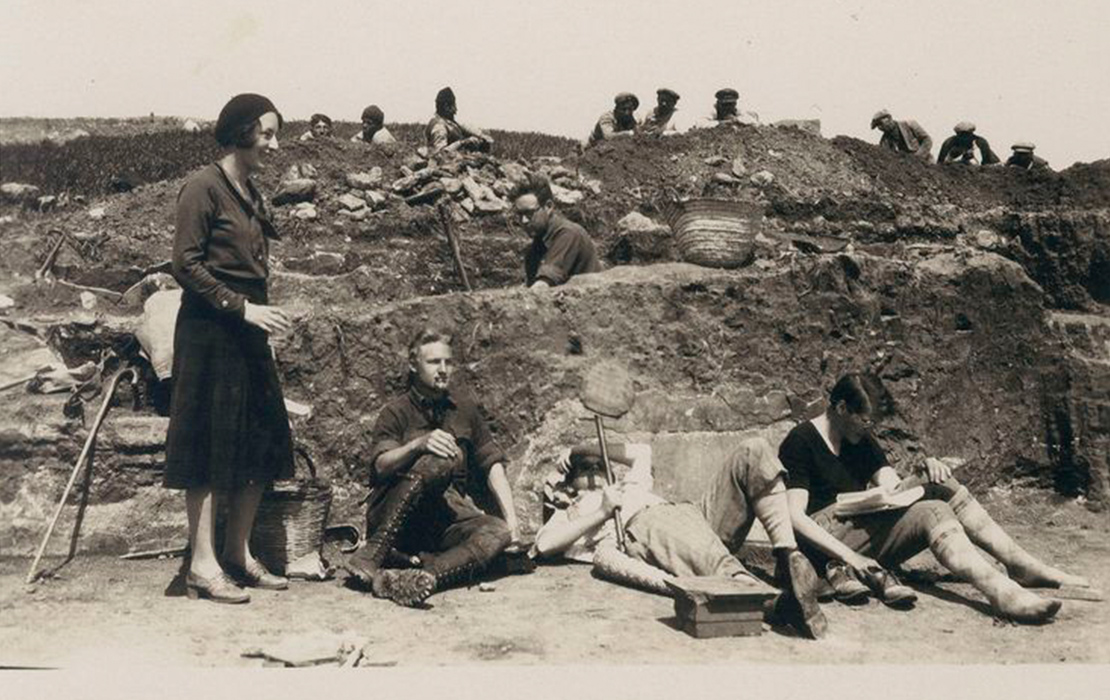
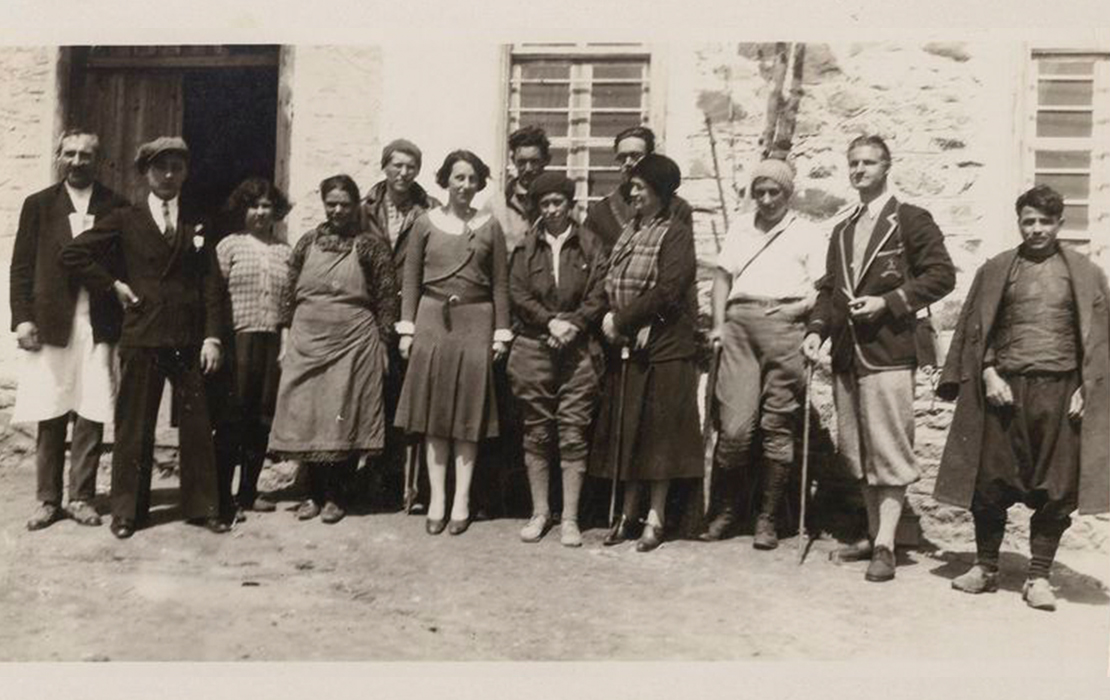
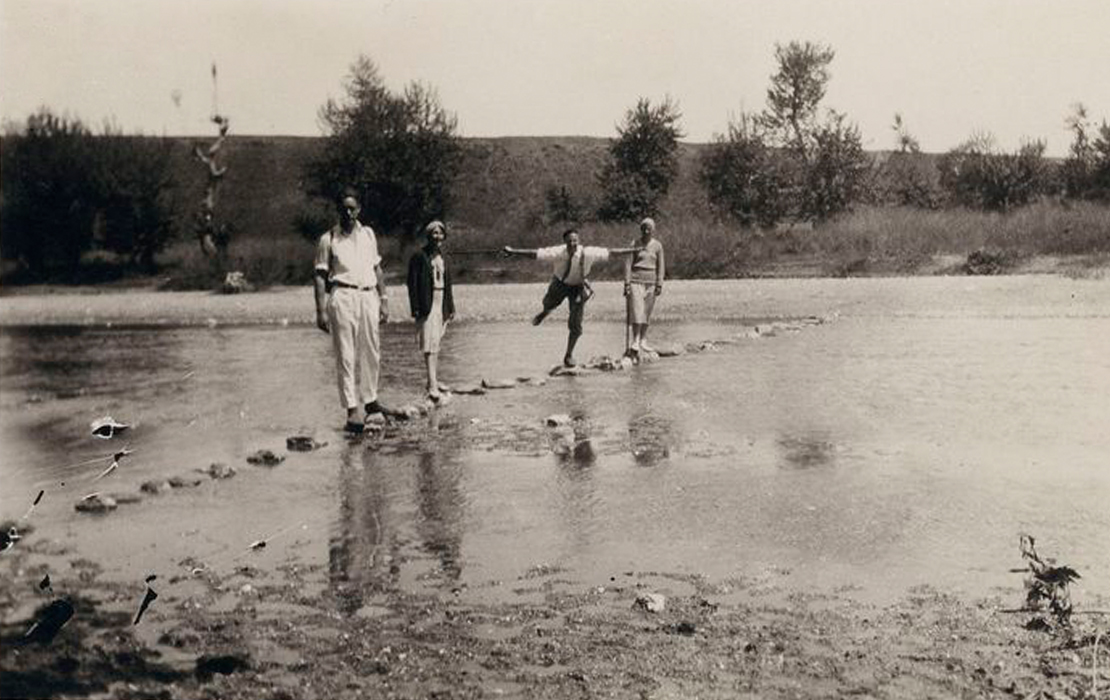
About the Student Center Campaign
The Student Center Campaign was launched in October 2018 to raise funds for renovating and expanding the three aging buildings that serve as the intellectual and residential heart of the American School: Loring Hall, the Annex, and West House. This transformative project will increase housing capacity, reduce energy consumption, add state-of-the-art features and technology, and bring the buildings up to the latest technical standards—all while preserving the complex’s historical appearance. The Student Center will remain the place where members of the community gather for meals, tea, ouzo hour, holiday celebrations, and lectures—a source of lifelong professional and personal relationships that characterize the collegial and intellectually vibrant atmosphere of the School. This modernized setting will enhance that experience and will meet the needs of the School community well into the future.
Support the Campaign
The goal of the Student Center campaign is $9.4 million, inclusive of a maintenance endowment. Thanks to generous supporters like Ian Begg, $6.7 million has been raised to date. The new Student Center is expected to open in June 2021.
To learn more about how you can support this historic initiative, please contact Nancy Savaides, Director of Stewardship and Engagement, at nsavaides@ascsa.org or 609-454-6810. Naming opportunities for a variety of spaces in the Student Center are still available. Donors can choose from a wide range of gift levels to name a room or area in honor of themselves, an American School scholar, or a family member, friend, or group. Please click the links below to view the nameable spaces and options that remain:
Student Center Construction Photo Gallery
Click this link to view more photographs of the work in progress.
1 Shaw, Joseph W. "James Walter Graham, 1906-1991." American Journal of Archaeology, vol. 96, no. 2 (1992): 325-26.
